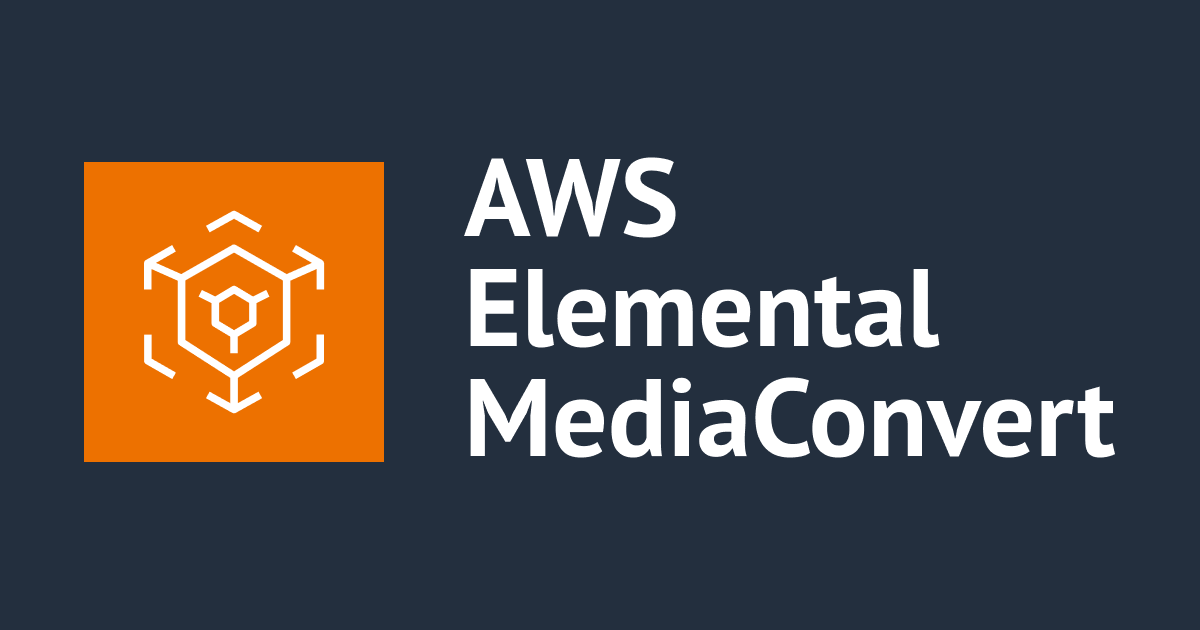
Webinar Report: “Take Your Compliance Officer to Work: How security and compliance can be easier in the cloud” by AWS and SumoLogic
Introduction
Hello, Hemanth from the Alliance Department here. This is a webinar report on "Take Your Compliance Officer to Work: How security and compliance can be easier in the cloud." Security and compliance are continually evolving, making it challenging to keep up with new cybersecurity guidelines. Data security is crucial, especially when planning to migrate to the cloud.
Speakers for the Session

How moving to the Cloud has Changed Cybersecurity and Compliance
Operating in the cloud differs from on-premises, starting with acknowledging different responsibility models, i.e., the shared responsibility model. The 'OF the cloud' components (underlying infrastructure, database networking, etc.) are taken care of by AWS, while 'IN the cloud' aspects (identity and access, encrypting data) are the customer's responsibility. Sumo Logic plays a vital role in facilitating this process.

How Things Are different Compared to On-Premises
Enterprise customers often have decentralized, siloed environments. Cloud migration offered with automation and introduction of a central control plane, ensures everything is logged (e.g., CloudWatch, CloudTrail), making compliance more straightforward. Security in the cloud becomes efficient when the shared responsibility model is followed. Automation reduces customer responsibilities, allowing them to focus on security with the support of a reliable partner.

Issues in Microservices
Three-tier apps must be securely configured when moving from on-premises to cloud settings. Microservices modernization leads to distributed complexity, which highlights the necessity for cautious management. Scalability adds complexity even while it is beneficial. Microservices tracking and monitoring rely heavily on cloud infrastructure. In order to comprehend interactions and handle failure scenarios, observability and security should converge. Systems with suboptimal construction lead to problems including inadequate memory allocation and security flaws.
Compliance in the Cloud is Complex
Analyzing enterprise data presents challenges, beginning with inconsistent and incomplete datasets. Working in silos with different technologies can be expensive, especially when considering the expense and difficulty of handling ETL data. It is challenging to centralize data for analysis, which adds to worries about data security and compliance—especially when it comes to locating API locations. While AWS ensures security, customers must take additional steps for comprehensive protection. Project-based responsibility division, such as safeguarding credit cards, IP, and PII, is recommended to enhance overall data security.

AWS Security Standards and Certifications
While compliance control is often done off the cloud, customers must ensure compliance inside the cloud environment.

Sumo Logic Fully Secure
The dual compliance layers—AWS depicted in the previous image and Sumo Logic below—provide customers with added assurance. For instance, credit card data enters AWS and is utilized by Sumo Logic for logging analytics, forming a comprehensive Credit Card Data Environment (CDE). Sumo Logic uses PDI to strengthen this environment even further. It is advised that all cloud providers implement these procedures universally. This method, which emphasizes the value of encryption in the cloud, guarantees improved protection against possible threats. With more than 151 federal commercial tenants using AWS, a tiered security model develops that adapts to privacy concerns.

Common Compliance Challenges
Reduce complexity and simplify processes by creating a standardized environment, which is essential for predictable scalability in the face of changing rules. Sumo Logic maintains pre-existing standardization while remaining a private company to save expenses and impact. Simplify procedures by implementing standardized standards that are in line with cybersecurity frameworks such as CSI. This strategy is enhanced by AWS, which offers a wide range of security services under the framework of identity, protect, detect, respond, and recover.


Amazon Security Lake
Sumo Logic, as one of AWS's partners, differentiates by handling heavy lifting, centralizing data through modern tools, and normalizing data for vendors like Sumo Logic to analyze quickly.

Things to Look Out for When Choosing a Cloud Provider and Security Solutions
Evaluate environments for optimal scalability and reliability; AWS stands out with abundant availability and easy scalability for enhanced reliability. Utilize modern tools and third-party solutions through partners for seamless deployment and consumption via the marketplace. Sumo Logic offers heightened visibility on leading cloud platforms like AWS, providing normalized parsing for SEIM. Proactive vulnerability management across diverse data sources is essential for robust security.
Easy Setup of Sumo Logic for Compliance
Sumo Logic makes log collection easier, particularly with AWS. It offers a positive end-user experience to customers by being user-friendly and multi-tenant in cloud environments.

How Sumo Logic and AWS Help in Responding to Hacks and Cyber Attacks
Track data to enable effective analysis and quickly detect problems, particularly in a modernized Kubernetes environment managing several events. Make use of automation—such as Lambda API calls—to respond quickly to incidents by utilizing Sumo Logic's speed and agility in conjunction with AWS. System resilience is greatly increased when problems or threats are promptly identified and mitigated. Sumo Logic's deep log analytics play a crucial role in navigating emerging regulations while incorporating intelligent capabilities for added efficiency.

![[アップデート] AWS Transform の移行評価機能(Migration assessment)で EBS のコスト分析もできるようになったので、試しに使ってみた](https://images.ctfassets.net/ct0aopd36mqt/1dD7b8HkT2sbiJzUIewMTD/e5cdc6f33c4fdd9d798f11a4564612ff/eyecatch_developersio_darktone_1200x630.jpg)







